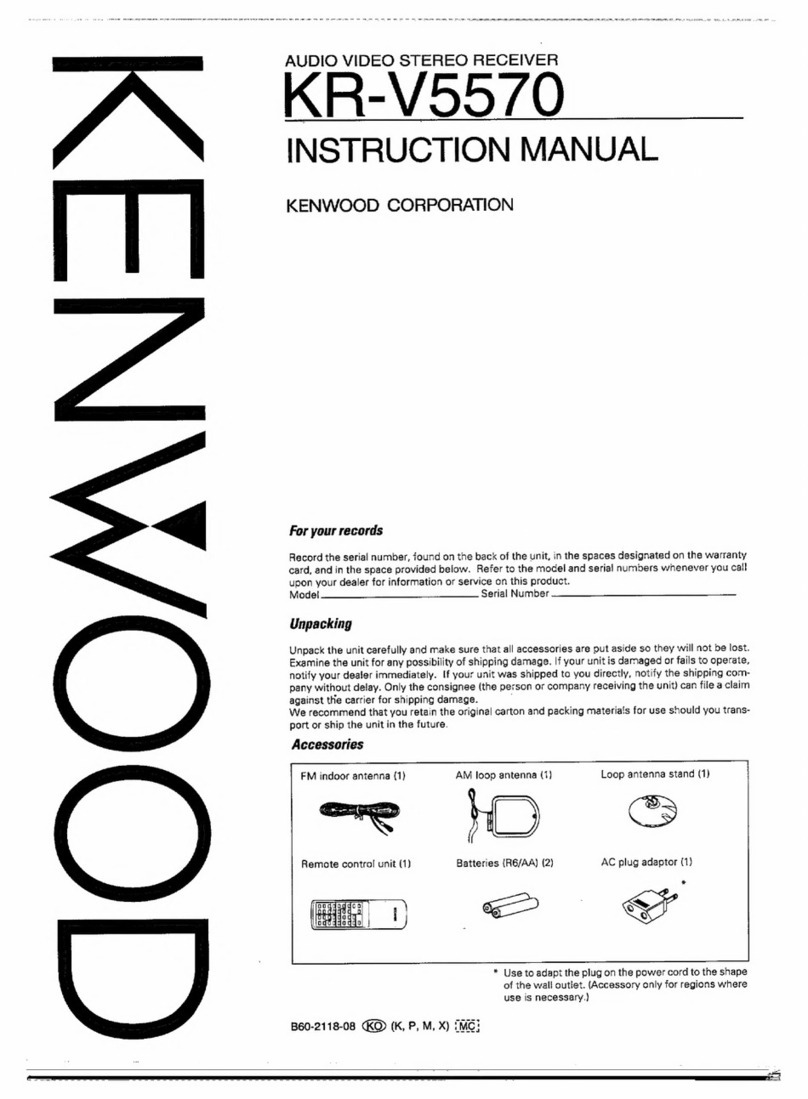Kenwood KR-A5520 User manual
Other Kenwood Stereo Receiver manuals

Kenwood
Kenwood KR-V9020 User manual
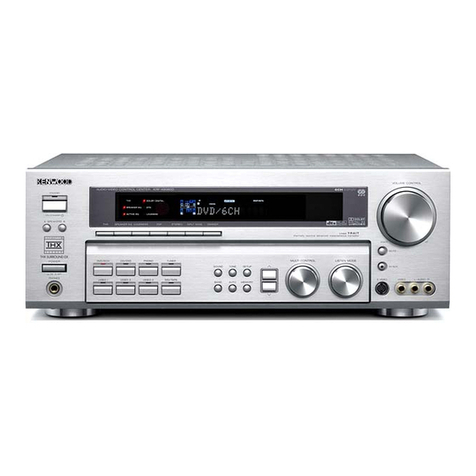
Kenwood
Kenwood KRF-X9080D User manual

Kenwood
Kenwood AR-304 User manual
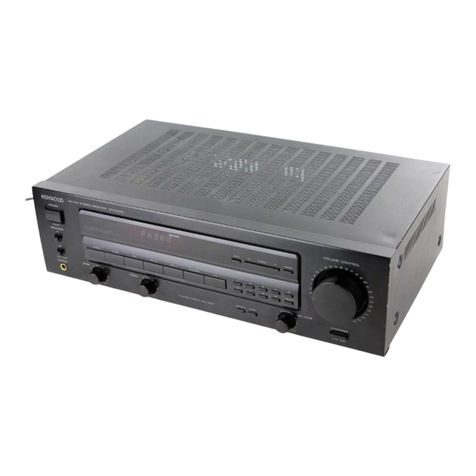
Kenwood
Kenwood KR-A4030 User manual

Kenwood
Kenwood VR-6070 User manual
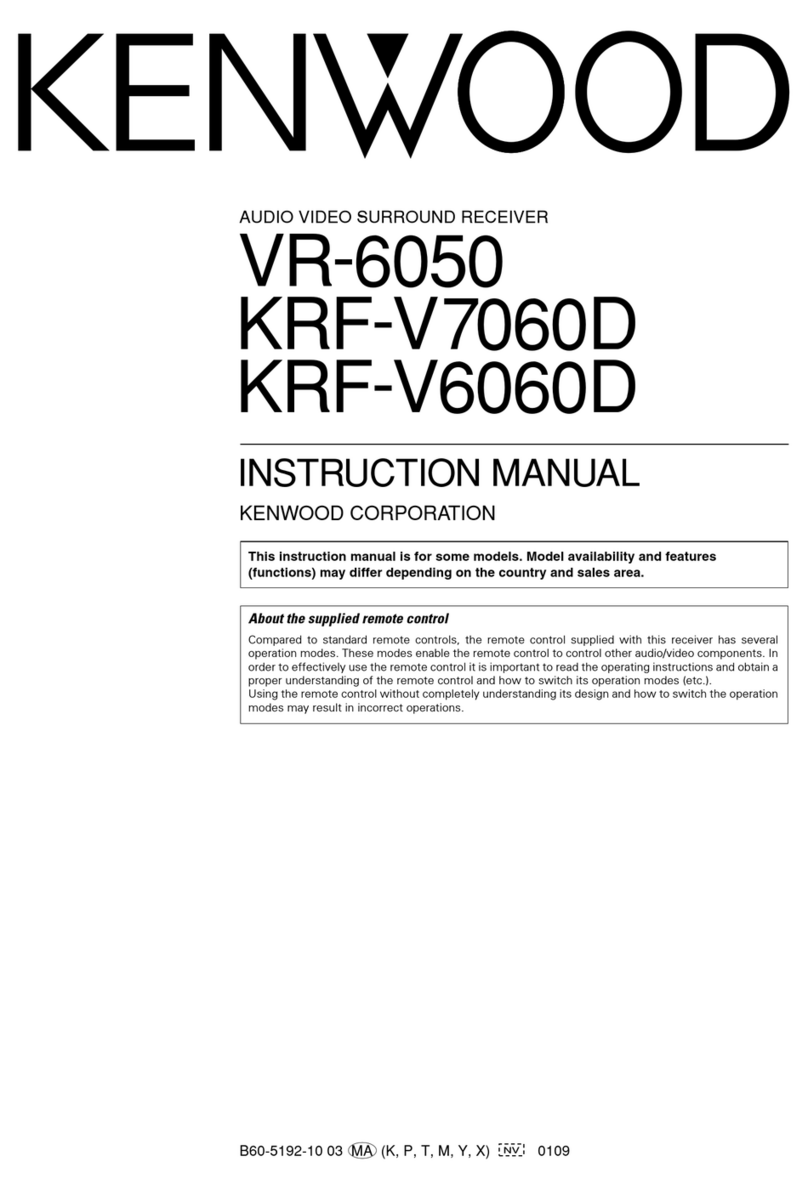
Kenwood
Kenwood KRF-V6060D User manual

Kenwood
Kenwood KR-A57R User manual

Kenwood
Kenwood KR-A3060 User manual
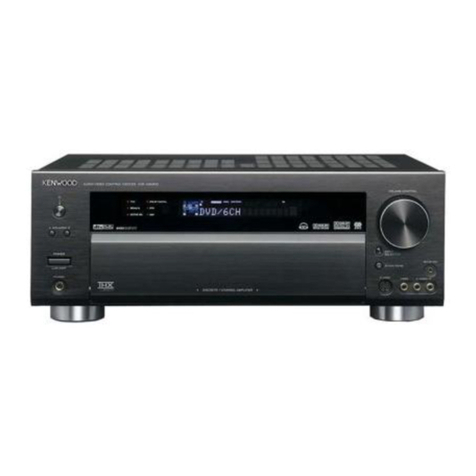
Kenwood
Kenwood KRF-X9090D User manual
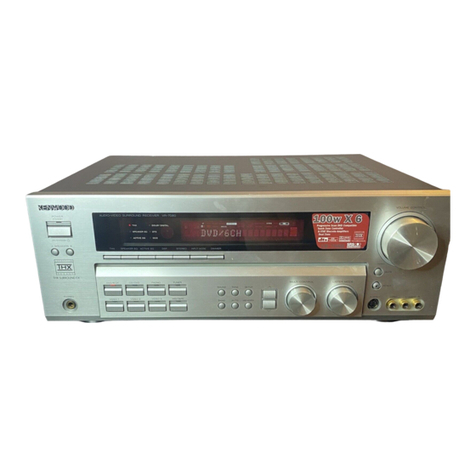
Kenwood
Kenwood KRF-X9070D User manual

Kenwood
Kenwood KR-V8050 User manual
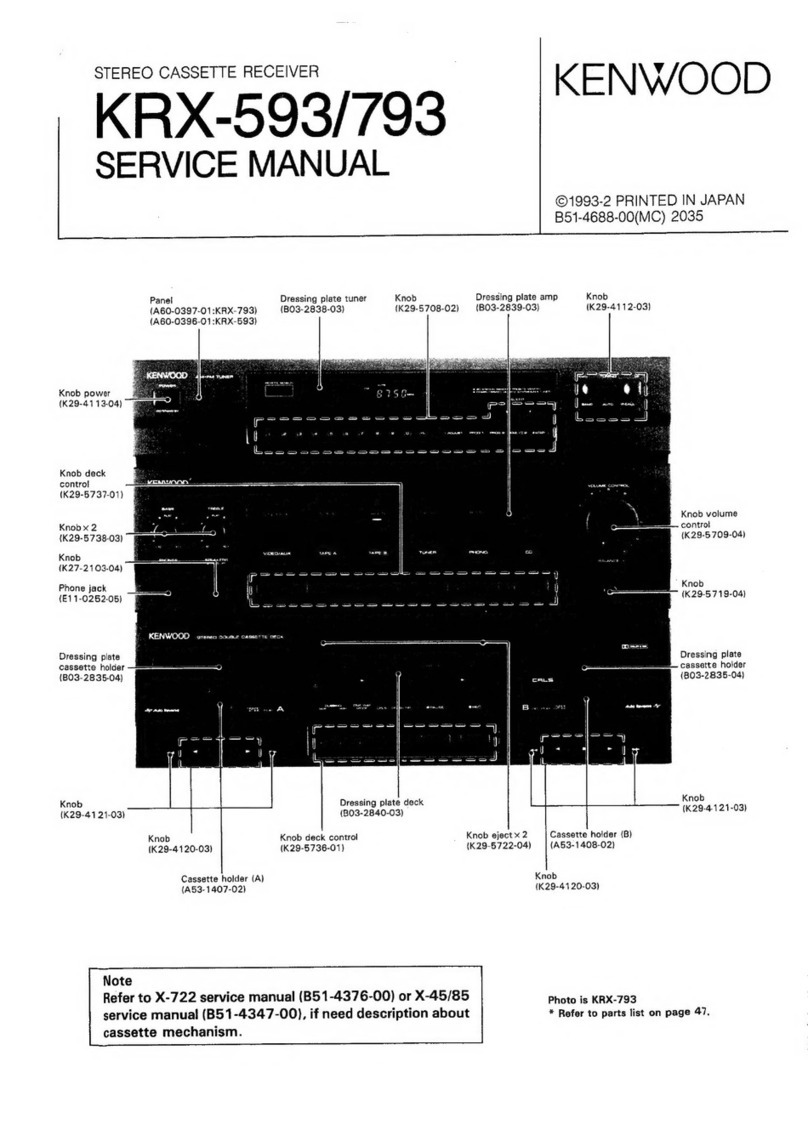
Kenwood
Kenwood KRX-593 User manual
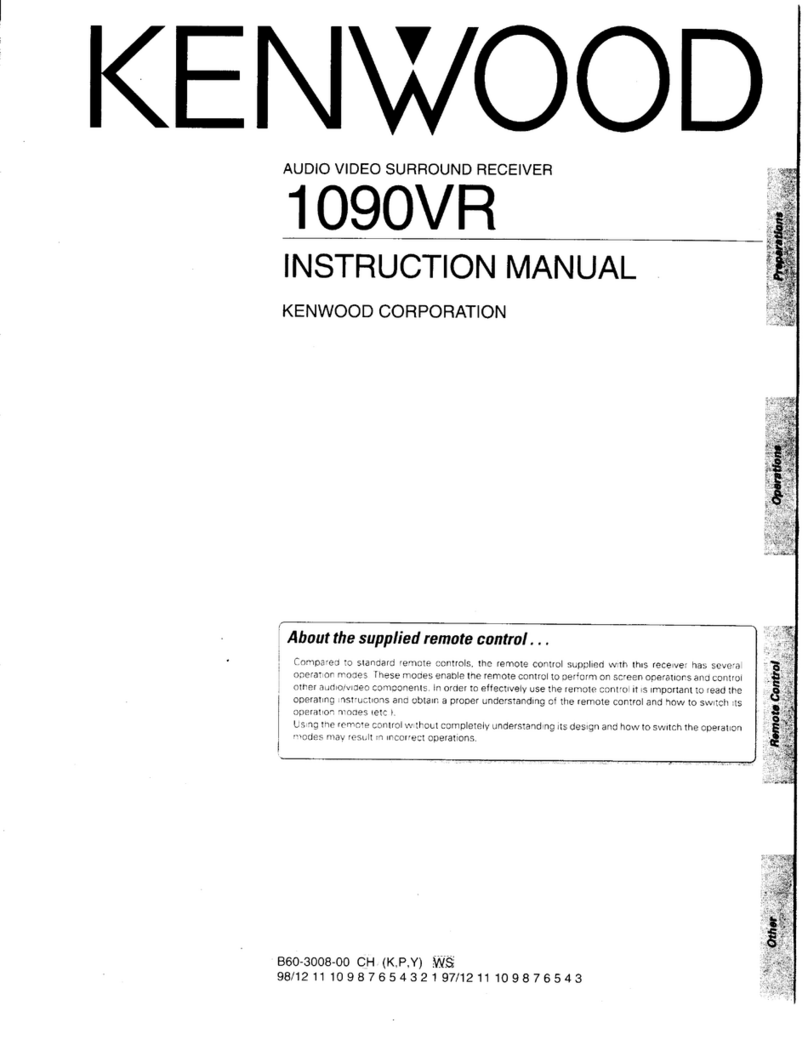
Kenwood
Kenwood 1090VR User manual

Kenwood
Kenwood KMDX92 User manual
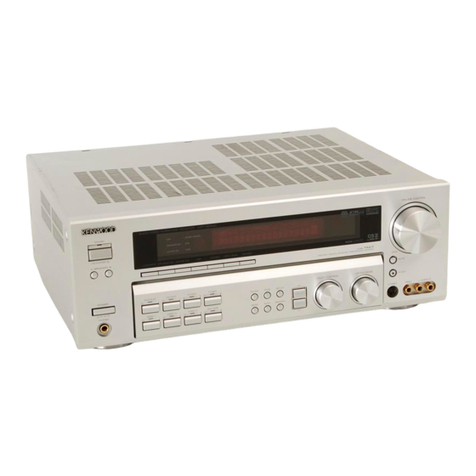
Kenwood
Kenwood KRF-V8060D User manual

Kenwood
Kenwood KR-V9020 User manual
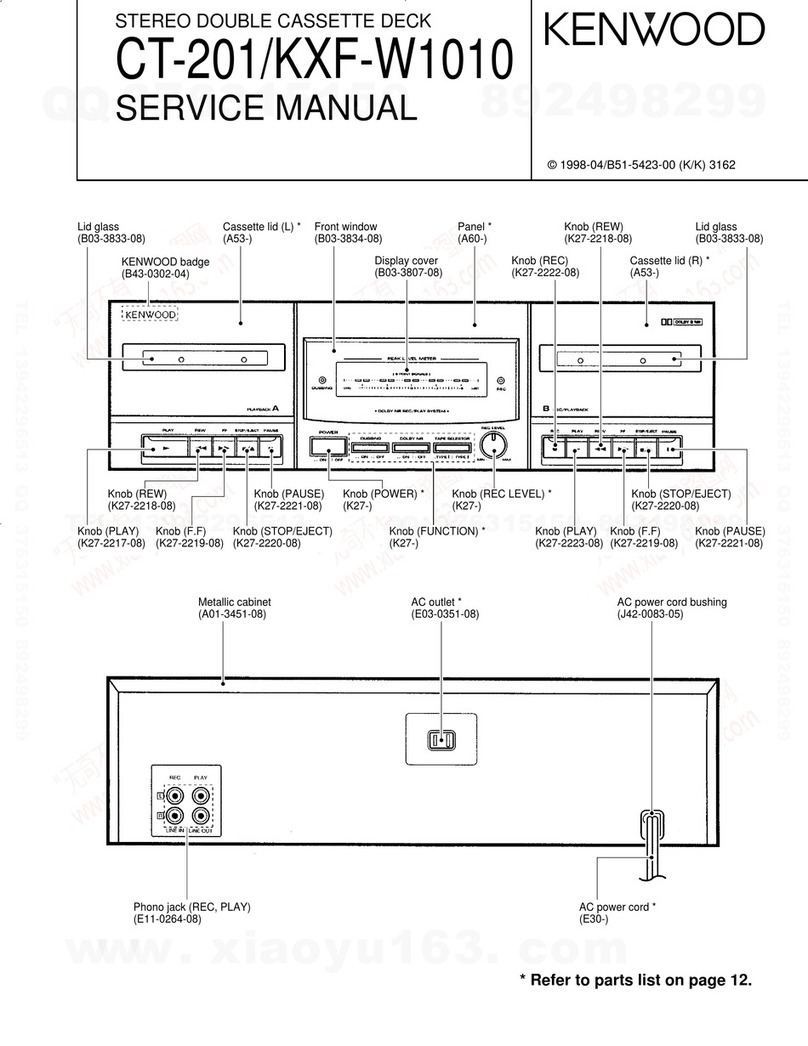
Kenwood
Kenwood CT-201/KXF-W1010 User manual

Kenwood
Kenwood KR-V8040 User manual

Kenwood
Kenwood KRC-2001 User manual
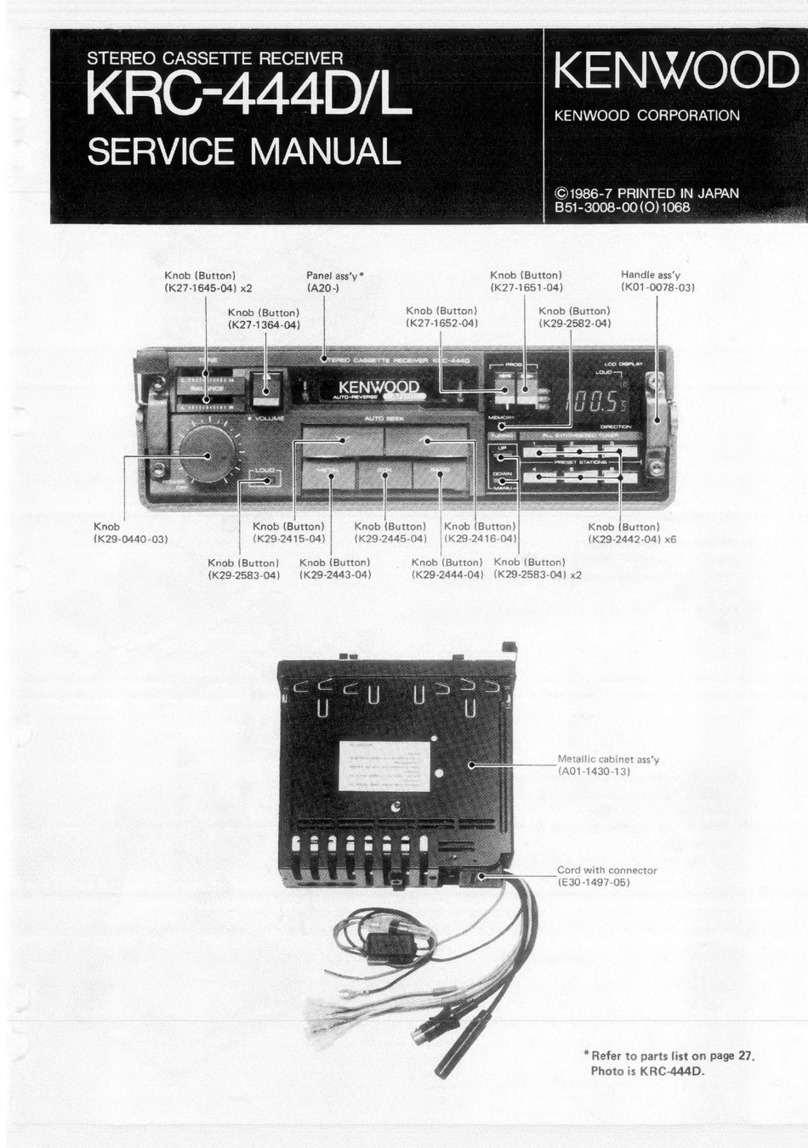
Kenwood
Kenwood KRC-444D User manual
Popular Stereo Receiver manuals by other brands

Radio Shack
Radio Shack DX-399 owner's manual

Sony
Sony STR-DE535 - Fm Stereo/fm-am Receiver operating instructions

Pioneer
Pioneer SX-1000TA operating instructions

Yamaha
Yamaha MusicCast TSR-5B3D owner's manual

Sony
Sony STR-DG500 - Multi Channel Av Receiver Service manual

Sherwood
Sherwood Newcastle RX-770 operating instructions



